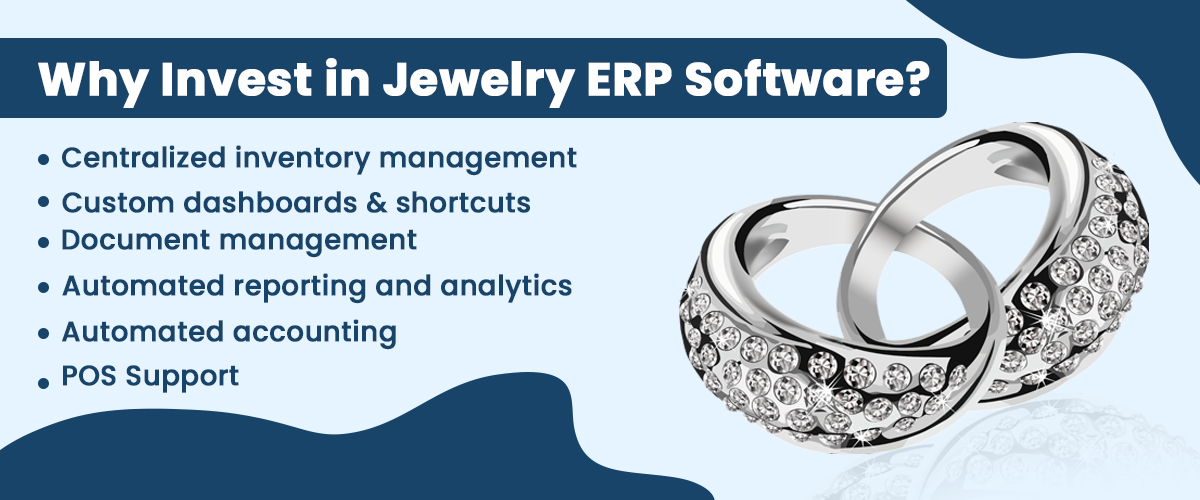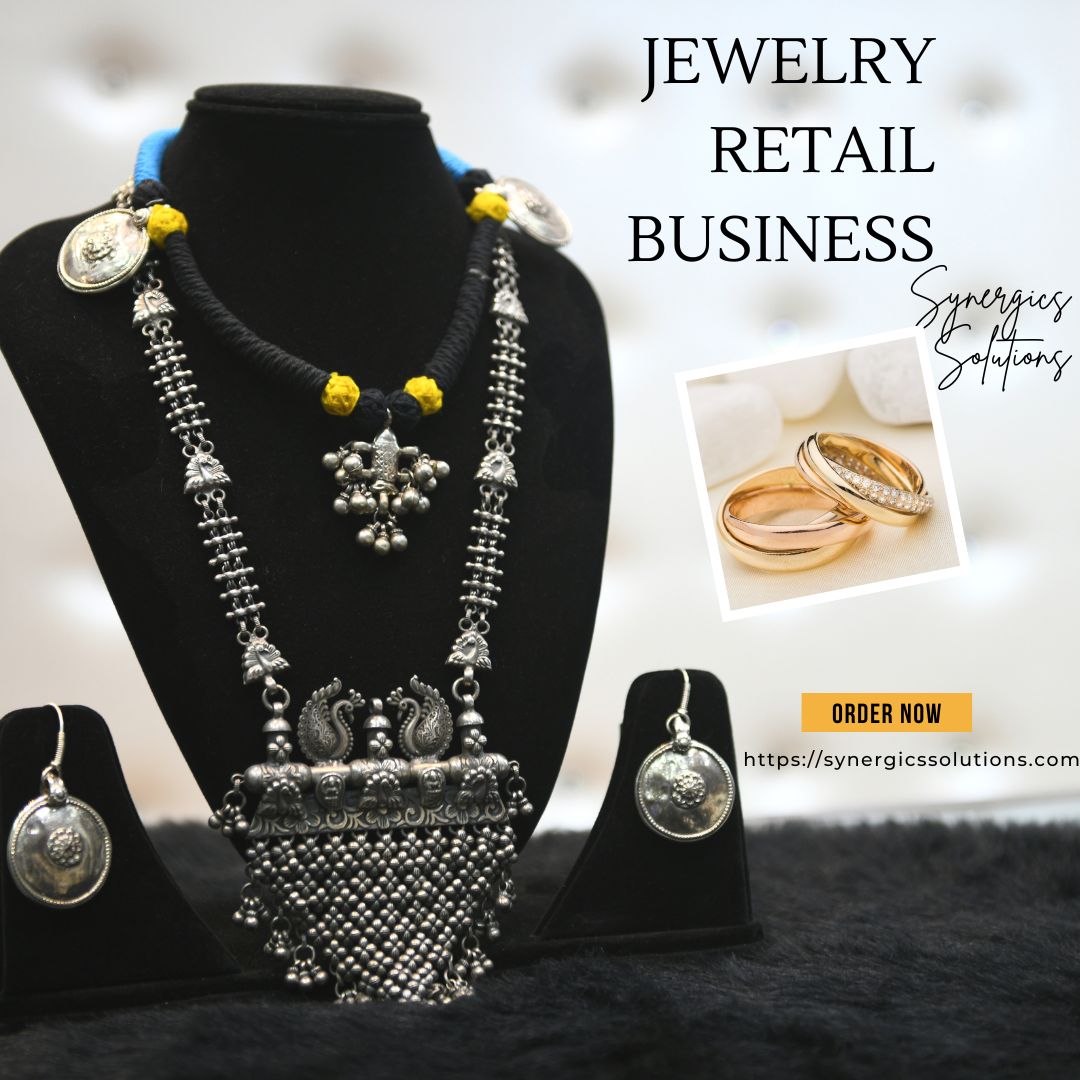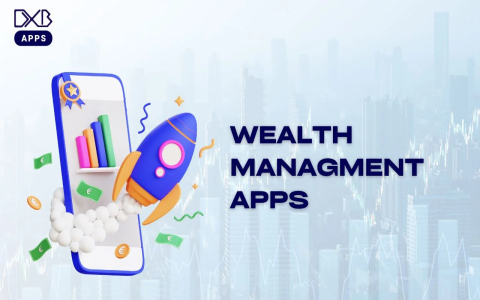Okay, let’s talk about getting this jewelry ERP thing sorted out. It wasn’t exactly a walk in the park, let me tell you.

Starting Point: Chaos
Before we got this system in place, things were… messy. Seriously messy. We were drowning in spreadsheets. One for inventory, another for customer orders, maybe a separate one for raw materials like gold, silver, and all those tiny stones. Trying to figure out what we actually had versus what we needed for an order was a nightmare. We’d physically count stuff constantly. Pricing was all over the place because metal prices change daily, you know? It took ages to quote a custom piece. We knew we had to do something different.
The Hunt for a Solution
So, I started looking around. Just typed “jewelry software” or “ERP for jewelers” into the search bar. Found a bunch of options. Some looked like generic business software someone just slapped a “jewelry” label on. No good. We needed something that understood our business. Things like:
- Tracking inventory by piece, weight, metal type, purity (like 14k, 18k), stone details (carat, cut, clarity, color).
- Handling consignments, both in and out.
- Managing job bags or manufacturing orders – tracking the metal used, stones set, labor involved for each specific piece being made.
- Dealing with repairs.
- Pricing based on current metal market prices, plus labor, stone costs, markups.
- Keeping images of the pieces linked to the inventory item.
A lot of the standard ERPs just didn’t get this level of detail. They’re built for widgets, not unique diamond rings or grams of gold.
Picking the One
After a few demos and talking to different vendors, we settled on one. It wasn’t the cheapest, mind you, but it seemed to tick most of our boxes. It had specific modules for inventory that let us track by gram for metals and by specific stone certificates. The job order section looked like it could actually follow a piece from casting to setting to final polish. Felt like it was built by someone who’d actually worked in jewelry.
Getting It Running: The Hard Part
This is where the real work started. Implementation. First hurdle: getting our old data in. Those spreadsheets? Yeah, had to clean them up massively. Format everything just right so the new system could understand it. Took weeks. We had staff basically dedicated just to data entry and checking.

Then, we had to configure the system. Setting up the different metal types, the stone grades we use, our standard labor charges, user accounts, who gets to see what… it was tedious. We had to define our entire manufacturing workflow step-by-step within the software.
Training was next. Pulled the team in. Showed them how to log in, find inventory, create a sales order, start a job bag. There was resistance. People were used to the old way, even if it was bad. Lots of, “This is too complicated,” or “The old way was faster for this one thing.” Had to push through that. Lots of practice sessions, lots of questions.
We ran the old system and the new ERP side-by-side for a bit. Double entry. Painful, but necessary to make sure things matched up and we weren’t losing information.
Flipping the Switch
The day we turned off the spreadsheets for good was… tense. We called it ‘Go Live’. First few days were rough. Things took longer because everyone was still learning. We found little bugs, settings that weren’t quite right. The vendor support line got plenty of calls from us. We had a couple of scares where inventory counts looked weird, but we tracked it down to user error or a setting we missed during setup. It definitely wasn’t smooth sailing initially.
How It Is Now
Fast forward a bit, and things are way better. Like, night and day.

Inventory? I can see exactly what we have, where it is, what it’s worth based on today’s metal prices, instantly. No more digging through boxes or relying on someone’s memory. We can search by style number, stone type, whatever.
Manufacturing? We create a job order, allocate the specific stones and metal weight. The system tracks it through production. We know the real cost of making each piece.
Sales? Faster quotes, accurate pricing. We can pull up a customer’s history easily. Processing sales is much quicker, generating invoices is automatic.
Reporting? This is huge. We can see sales trends, slow-moving stock, profit margins per piece or category. Stuff we could only guess at before.
Was It Worth It?
Absolutely. It was a slog to get it implemented, no doubt about it. Cost money, cost time, caused headaches. But the chaos we had before? That was costing us too, just in hidden ways – wasted time, mistakes, lost sales opportunities. Having a proper system, one actually designed for the quirks of the jewelry trade, made a massive difference. We’re more organized, more efficient, and honestly, we make better decisions because we actually know what’s going on in the business. If you’re in jewelry and still using spreadsheets… seriously, start looking. It’s tough, but worth doing.


